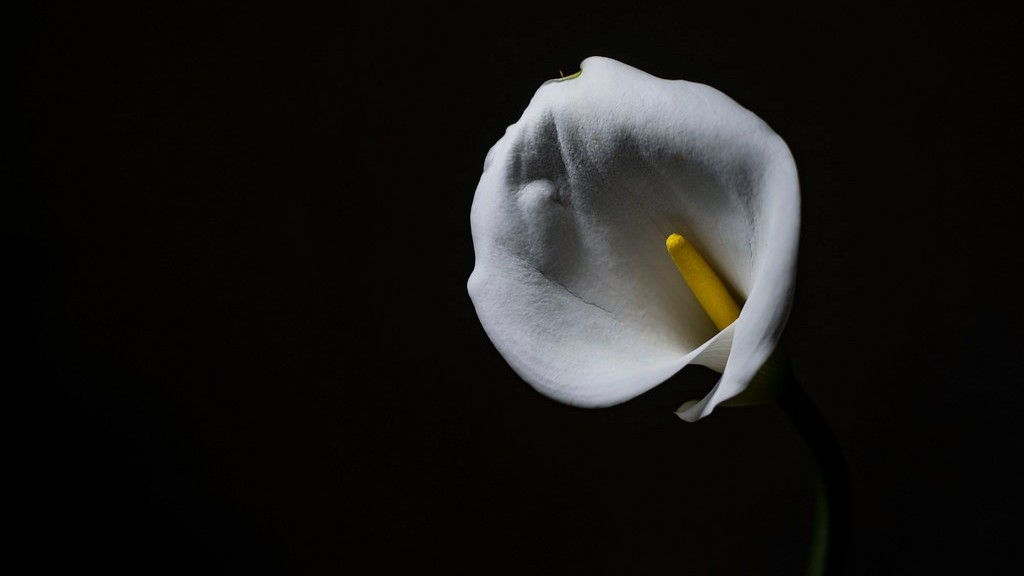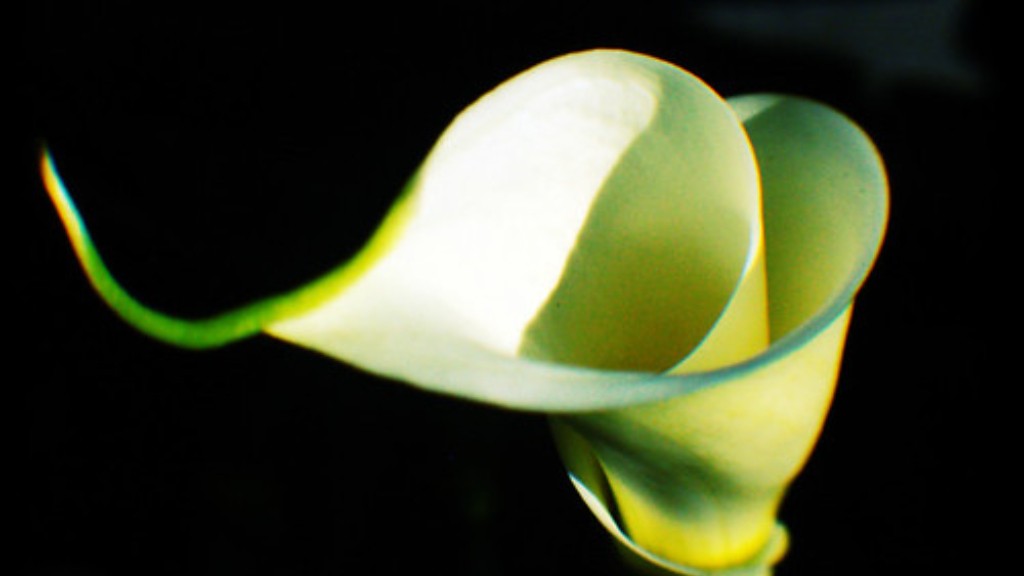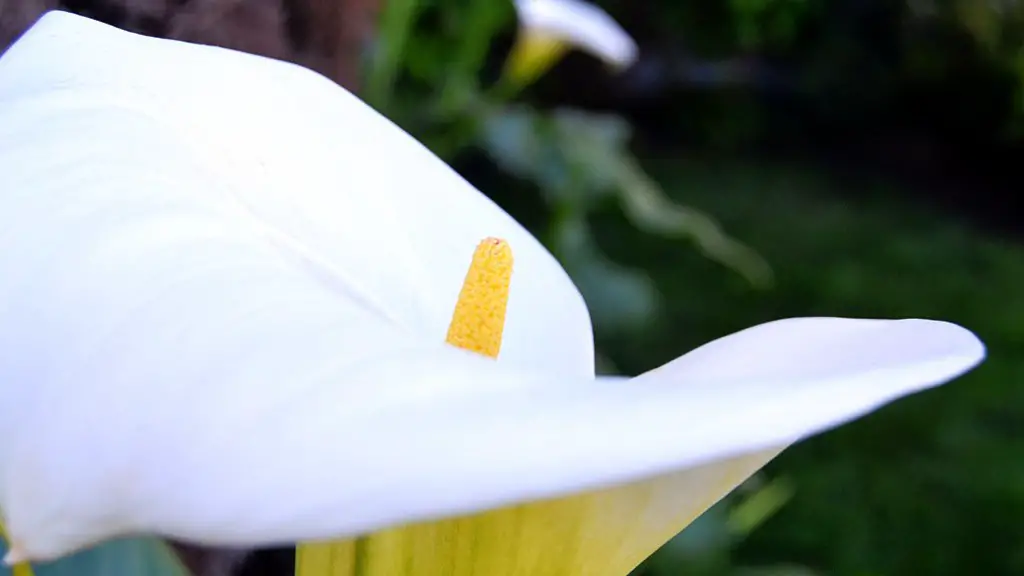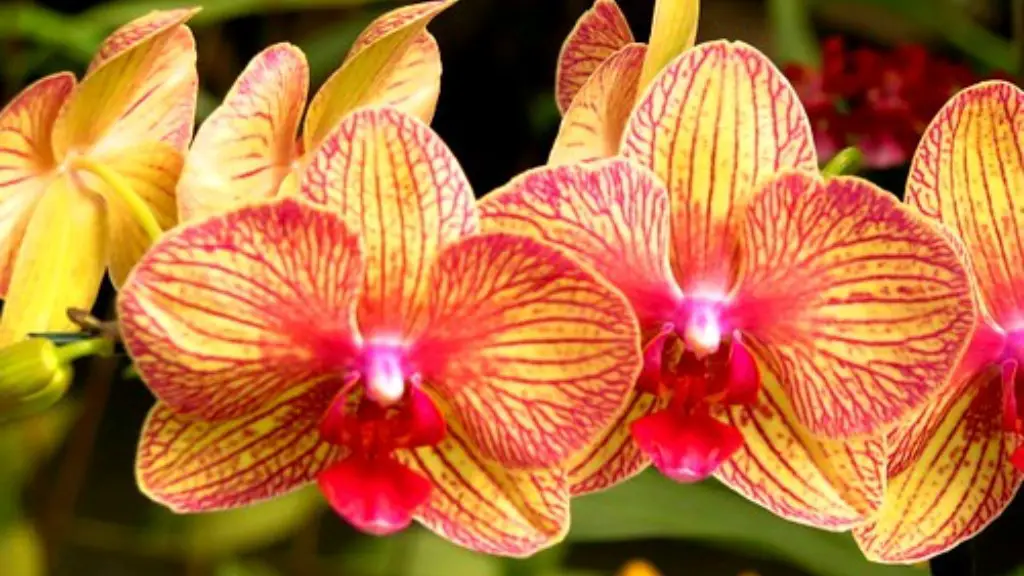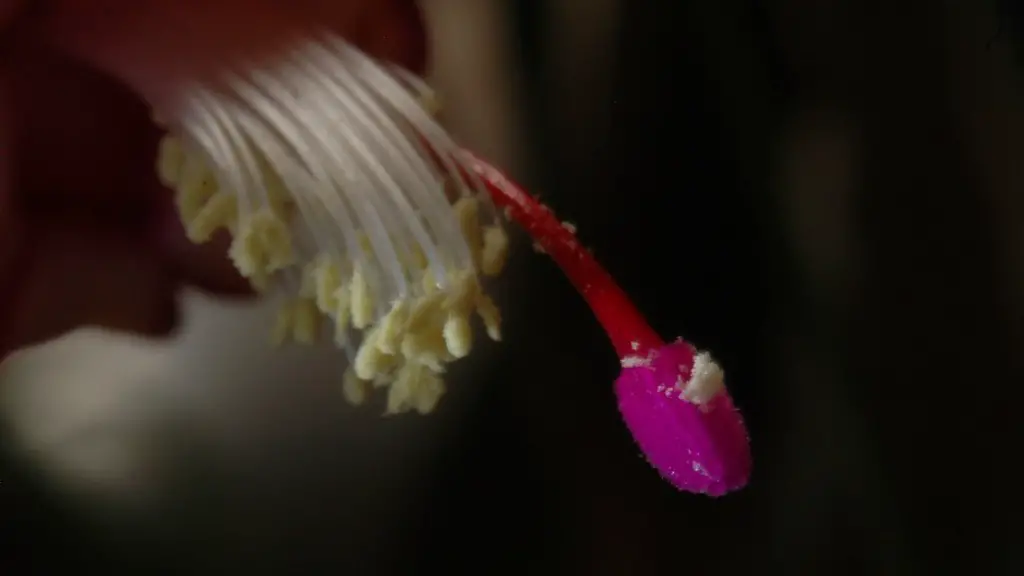A calla lily is a beautiful flowering plant that is often used in bouquets and as decoration. Many people don’t know that calla lilies are actually a perennial, meaning they will come back year after year with the proper care. Once you have planted calla lilies, they are relatively low maintenance and will reward you with their stunning flowers for many years to come.
yes, calla lily is a perennial.
Does calla lilies come back every year?
Calla lilies are known as rhizomatous herbaceous perennial plants. This means they have an underground root system that sends out roots, they have no woody stems above ground but are vascular, and they return every year. They come in many colors, but are one of the few true black perennial flowers you can grow.
Start calla lily rhizomes indoors a month before the last average frost date for earlier blooms. Or, plant calla lilies directly in the ground after the danger of frost has passed.
Do you cut back calla lilies for the winter
If you live in a colder climate but have Callas growing in the garden, consider removing your Calla rhizomes, or bulbs, over the winter to give them a better chance of survival. To do this: Wait until just after the first frost Cut the withered foliage back to three inches above ground level.
The Calla Lily is a beautiful and unique flower that has many different colors. The blooms produce a long, finger-like spadix at the center and the colors of the blooms can range from white, yellow, orange, pink, red, purple, green, or black. The Calla Lily is an herbaceous or semi-evergreen perennial grown from rhizomes and is a great addition to any garden.
How do you winterize calla lilies?
If you live in a warm climate, you can leave your calla rhizomes in the ground over the winter. Otherwise, you will need to remove the leaves from your plants and cut the stems down to one to two inches tall before your first freeze. Then, you will need to dig up the rhizomes and put them in a warm, dry place where the temperature stays between 65 and 75°F.
When the tubers are dry, store them in a cool, dry place until spring. In late winter or early spring, replant the tubers in pots of moistened potting mix. Place the pots in a warm, sunny location, and keep the soil moist. Calla lilies should begin to sprout within a few weeks.
Will calla lilies multiply?
Calla lilies are a beautiful addition to any garden, and they are relatively easy to care for. One of the best things about calla lilies is that they spread easily and quickly, creating new bulbs which can be replanted in different locations. This makes it easy to fill up a garden with calla lilies without having to put in a lot of effort. However, it is important to note that calla lilies can spread very quickly, so it is important to keep an eye on them and make sure they are not taking over the garden.
Calla lilies are a beautiful and popular flower, but did you know that they’re actually a tender perennial? This means that their rhizomes (underground stems) must be dug up in fall and stored indoors over the winter months. If you live in an area with warm winters, you can replant the rhizomes in spring and enjoy calla lilies year after year.
Do calla lilies like sun or shade
calla lilies are beautiful flowering plants that come in a variety of colors. They are native to Africa and grow best in warm climates. In cooler areas, they can be grown as annuals or dug up and stored indoors for replanting the next spring. Calla lilies are winter hardy in zones 8-10.
Cannas are a tropical plant, so they will not survive if the temperature falls below 40°F. However, you can overwinter them in pots by cutting the foliage back to the soil level and keeping them in a cool and dry location. Stop watering them, and they should be fine until spring.
Do you cut down calla lilies in the fall?
The calla lily is a beautiful flower that is popular in gardens. Like other cold-sensitive bulbing plants, the calla lily must be lifted in fall after the first frost kills back the foliage. The lily can then be stored for winter and replanted in spring after the soil warms up.
Canna plants are tropical plants that can be grown in zones 7 to 10. They can also be grown in containers that can be brought inside during the winter months. In colder climates, cannas can be lifted and stored during the colder months.
Should you cut old flowers off calla lily
The calla lily is a unique plant in that it doesn’t drop its petals like many other plants when its flowers are done blooming. Once the calla flower begins to die, it rolls up into a tube, often turning green on the outside. These spent blossoms on calla lily plants are done, have no purpose and should be clipped off.
After flowering has finished, continue to feed and water your calla lily for several weeks. Take care not to over-water, until the leaves start to die back. Bring potted plants indoors before the frosts and leave in the pot whilst dormant.
Is calla lily indoor or outdoor plant?
Calla lilies can make a beautiful addition to any garden, and they are relatively easy to care for. Calla lilies prefer full sun but will tolerate some shade, and they like to be kept moist. In zones 8-10, calla lilies are winter hardy and can be left outdoors year-round. In other zones, they can be grown as annuals.
While calla lilies do spread by creating new bulbs, this process is easy to control. By simply digging up the bulbs and replanting them in different locations, you can prevent the lilies from taking over your garden.
Should calla lilies be planted outside
Callas make great houseplants that can be enjoyed all year long. They can also be planted outdoors as summer annuals in pots or in the ground. If you want to keep them for another year, you’ll need to dig them up and store them dormant inside.
Calla lily bulbs need to be stored in a cool spot for winter. They can either be stored in a paper bag or in layers in a cardboard box. Do not store moist bulbs; they’ll rot.
Warp Up
Yes, calla lily are a perennial.
Yes, calla lilies are a perennial. They are a beautiful flower that blooms in the spring and summer. They are easy to care for and make a great addition to any garden.
